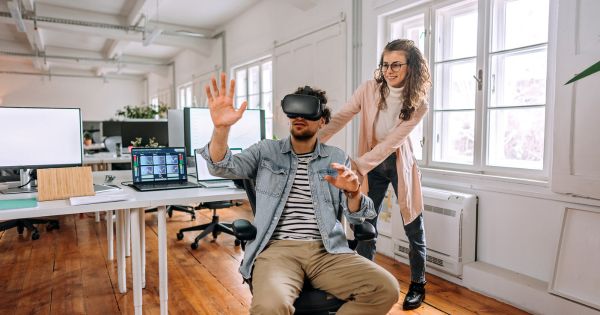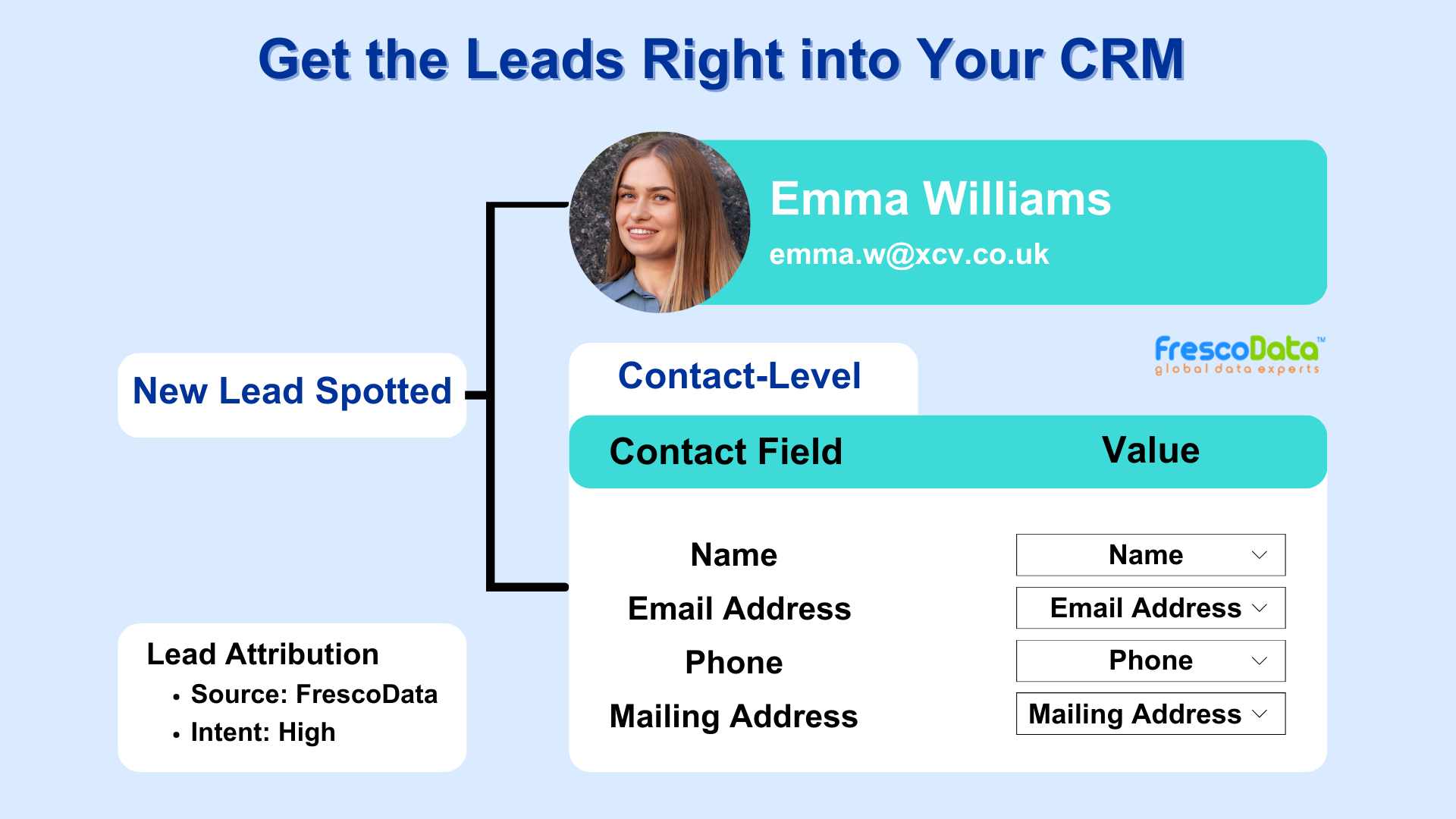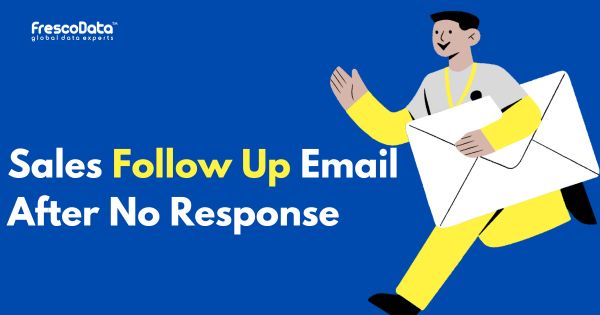-
Definition
-
Key Components
-
Game Elements
-
Rewards and Recognition
-
Levels and Progression
-
Competition and Leaderboards
-
Narratives and Storytelling
-
Challenges and Missions
-
Social Interaction
-
Feedback and Progress Tracking
-
Applications of Gamification
-
Employee Training and Engagement
-
Customer Loyalty Programs
-
Health and Wellness
-
Education and Learning Platforms
-
Marketing Campaigns
-
Productivity and Task Management
-
Community Engagement
-
Benefits
-
Increased Engagement
-
Motivation and Behavior Change
-
Skill Development
-
Sense of Achievement
-
Social Interaction
-
Data Collection and Analysis
-
Brand Loyalty
What is Gamification?
Gamification is the integration of game elements, mechanics, and design techniques into non-game contexts, such as business processes, education, or marketing, to engage and motivate individuals. The purpose is to enhance user participation, encourage desired behaviors, and create a more interactive and enjoyable experience by leveraging the psychological aspects associated with game-playing.
Key Components of Gamification

Game Elements
Incorporates various elements commonly found in games, such as points, badges, levels, challenges, and rewards, to create a game-like environment.
Rewards and Recognition
Utilizes reward systems to recognize and reinforce desired behaviors. This can include virtual rewards like badges, points, or real-world incentives.
Levels and Progression
Introduces levels or progress indicators to show users their advancement, fostering a sense of achievement and encouraging continued engagement.
Competition and Leaderboards
Introduces elements of competition by displaying leaderboards or rankings, motivating users to outperform others and reach the top.
Narratives and Storytelling
Incorporates storytelling elements to create a narrative that engages users and provides context for their actions, making the experience more immersive.
Challenges and Missions
Presents users with challenges, missions, or quests to complete, promoting a sense of purpose and accomplishment.
Social Interaction
Integrates social features, such as sharing achievements, collaborating with others, or competing against friends, to enhance the social aspect of the experience.
Feedback and Progress Tracking
Provides immediate feedback on users’ actions and progress, helping them understand the impact of their choices and encouraging continuous improvement.
Applications of Gamification
Employee Training and Engagement
It is used in corporate training programs to make learning more engaging and to motivate employees to complete training modules.
Customer Loyalty Programs
Many businesses implement gamified elements in their customer loyalty programs to encourage repeat purchases and reward customer loyalty.
Health and Wellness
It is applied to fitness apps and wellness programs to motivate users to exercise, track their progress, and achieve health goals.
Education and Learning Platforms
Educational apps and platforms use gamification to make learning enjoyable, with features like quizzes, badges, and interactive challenges.
Marketing Campaigns
Marketers use gamification to enhance brand engagement through interactive campaigns, contests, or loyalty programs that incorporate game-like elements.
Productivity and Task Management
It is employed in productivity apps and task management tools to encourage users to complete tasks, meet deadlines, and stay focused.
Community Engagement
Online communities leverage gamification to encourage participation, contributions, and collaboration among community members.
Benefits of Gamification
Increased Engagement
It captures users’ attention and makes tasks more enjoyable, resulting in increased engagement and participation.
Motivation and Behavior Change
By providing rewards and incentives, it can motivate individuals to adopt certain behaviors, complete tasks, or achieve specific goals.
Skill Development
Gamified learning experiences help users develop and improve skills in a more interactive and hands-on way.
Sense of Achievement
Users experience a sense of achievement as they progress through levels, earn rewards, and overcome challenges.
Social Interaction
It enhances social interactions by incorporating features that allow users to connect, compete, and collaborate with others.
Data Collection and Analysis
It provides valuable data on user behavior and preferences, allowing organizations to analyze and optimize their strategies.
Brand Loyalty
Incorporating gamified elements in loyalty programs or marketing campaigns can foster stronger connections between customers and brands.
Stay Updated
Recent Blogs

3 Reasons to Buy Email List
Are you hesitant to buy email list for your business? Some would say buying an email list ...
November 18, 2024
Sales Follow-up Email After No Response!
70% of sales reps don’t follow up with prospects after no response. (Source) Are you...
September 2, 2024
5 CTV Advertising Tips to Get The Most Out of It
Connected TV has opened up many interesting opportunities for advertisers, allowing them t...
August 27, 2024